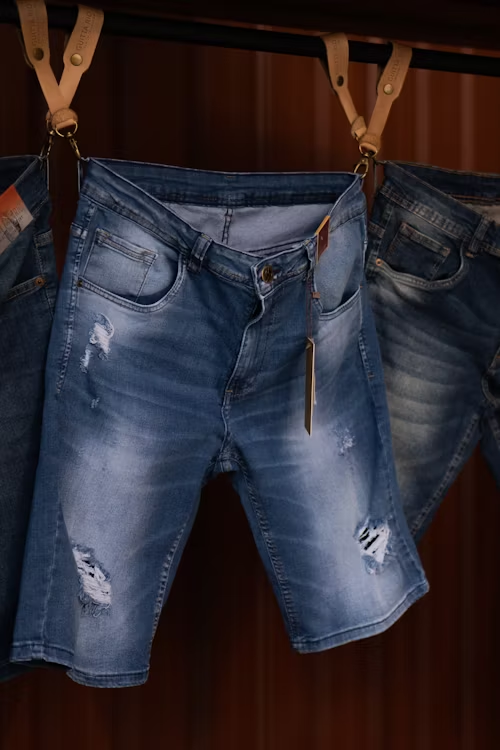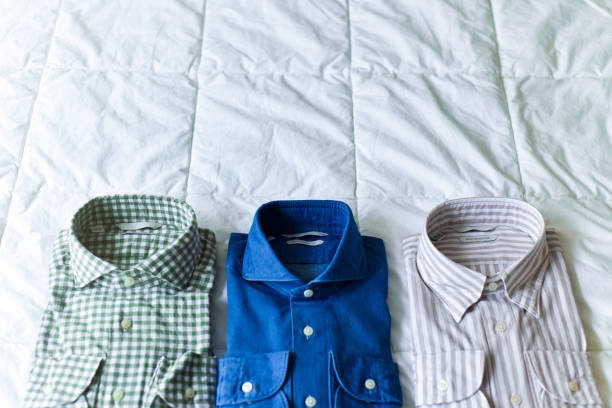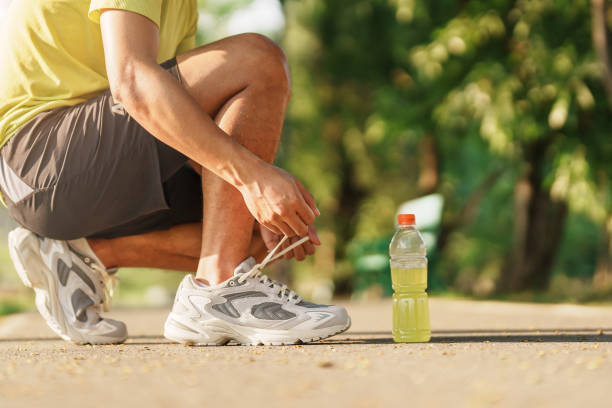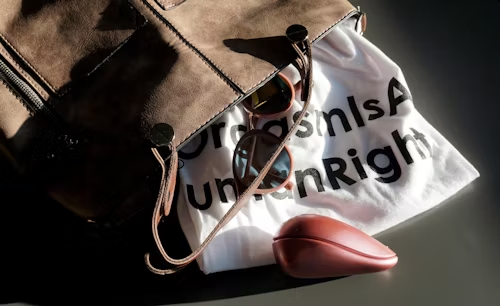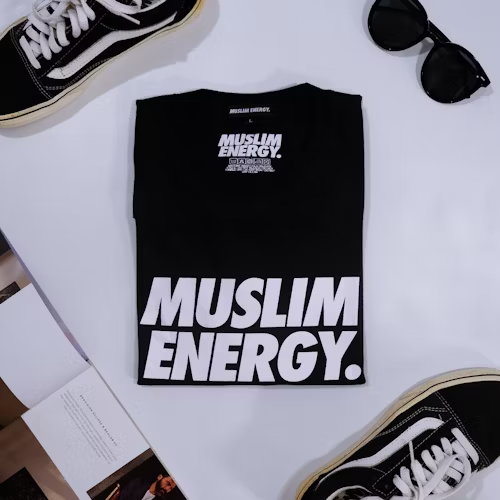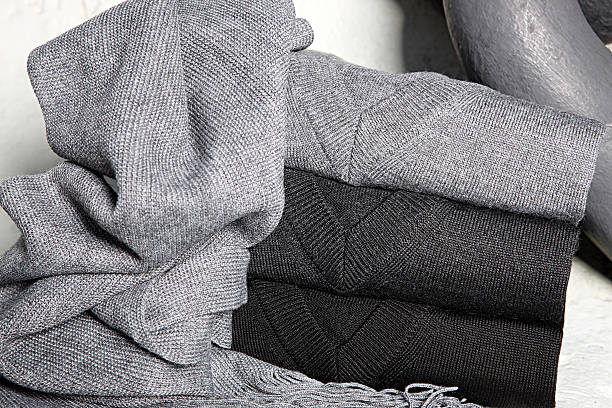Forget the “shrink it and pink it” myth. While men’s and women’s workout pants might look superficially similar hanging on a rack, significant differences exist in design, fit, and function. Knowing the difference matters when you’re picking pants—you want them to help you perform and feel good, not get in the way. Let’s dive into the anatomy of athletic pants.
The Core Differences: Beyond Just Color
The main differences basically come from the different ways that men and women build their bodies. Designers tailor pants to accommodate these for optimal performance:
- Fit & Cut:
- Hips & Waist: Women’s pants typically feature a narrower waist relative to wider hips, resulting in a more contoured waistband and often a higher rise to prevent gaping and stay in place during movement. Men’s pants usually have a straighter cut through the hips and waist, with a lower rise and a waistband designed for a more rectangular torso shape.
- Thighs & Seat: Women’s cuts often offer more room and specific shaping through the hips and seat. Men’s pants might have a slightly roomier cut in the upper thigh/crotch area.
- Sizing & Inseam:
- Size Scales Vary Wildly. A men’s Medium is not equivalent to a women’s Medium. Always consult brand-specific size charts, focusing on waist and hip measurements (in inches or cm) rather than just S/M/L.
- Inseam Lengths: Women’s pants often come in shorter standard inseams (e.g., 25″, 27″, 29″) compared to men’s (e.g., 30″, 32″, 34″). Petite and Tall options are also more common in women’s lines.
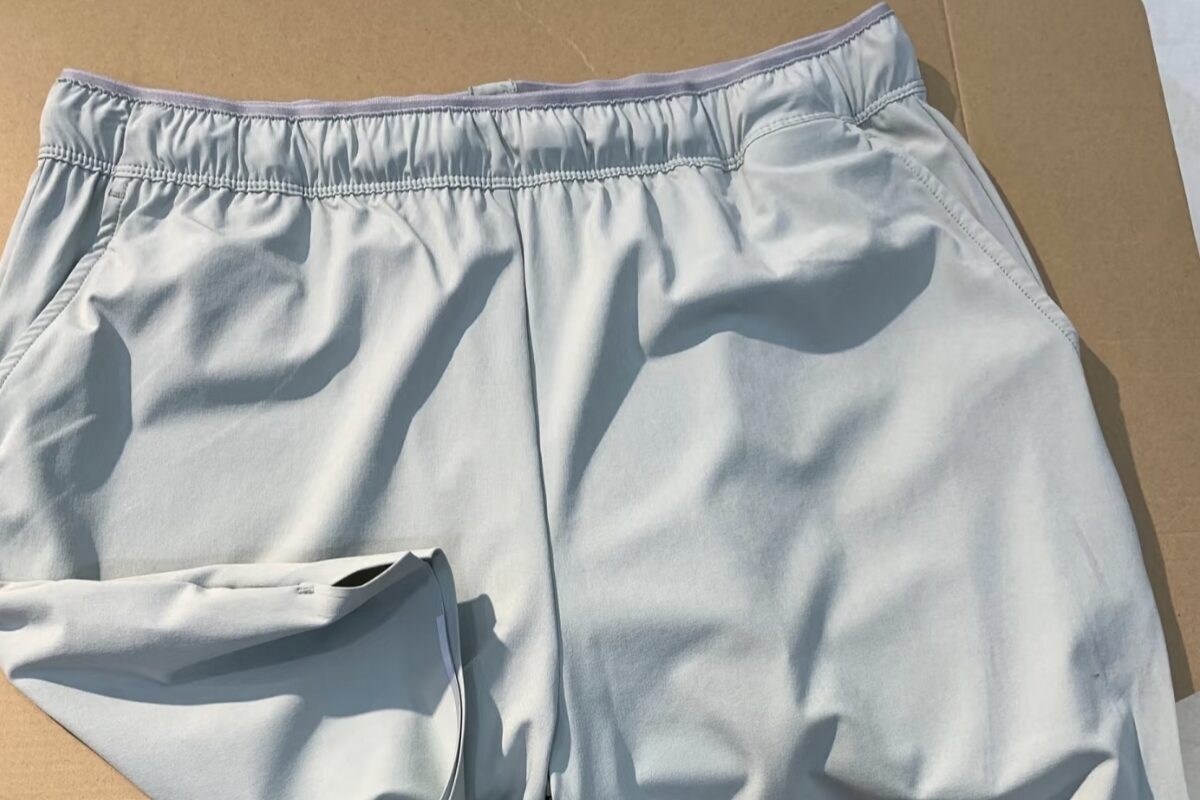
Functionality & Performance: Designed for Different Needs?
While core functions like moisture-wicking and flexibility are universal, nuances exist:
- Fabric & Stretch:
- Both genders utilize similar high-tech synthetics (Polyester, Nylon, Spandex blends).
- Women’s pants often prioritize higher stretch percentages (more Spandex/Elastane) for maximum flexibility, especially around the hips, crucial for yoga, pilates, and dynamic movements. Four-way stretch is common.
- Men’s pants might sometimes use slightly thicker or more robust weaves in high-abrasion areas (like inner thighs for runners), emphasizing durability, though this is becoming less gendered.
- Features & Pockets:
- Pockets: Men’s workout pants frequently feature deeper, more secure side pockets and back pockets, designed to hold phones, wallets, or keys comfortably during runs or gym sessions. Women’s pants often have smaller, slimmer pockets (sometimes just side seams) or secure zippered pockets, balancing utility with a streamlined look. The “pocket gap” is a common complaint in women’s athletic wear!
- Gussets: A gusseted crotch (a diamond-shaped fabric panel) is crucial for unrestricted movement in both genders. Standard in quality pants, but the design and seam placement might differ subtly based on anatomy.
Style & Aesthetics: More Than Just Pink vs. Grey
While color palettes have expanded dramatically for both men and women, stylistic trends often differ:
- Women’s Styles: Offer a wider variety of cuts (high-rise, mid-rise, low-rise; leggings, joggers, wide-leg, flares) and details (mesh panels, cut-outs, intricate seam patterns, contouring, vibrant colors/patterns). Leggings dominate as a primary style.
- Men’s Styles: Traditionally focused on joggers, sweatpants, and track pants, with looser fits. While leggings (“meggings”) exist, they are less mainstream. Styles emphasize cleaner lines, darker/muted colors (though brights are growing), and functionality. Slim-fit and tapered joggers are extremely popular.
Unisex/Universal Fit: A Viable Middle Ground?
The rise of unisex or universal fit athletic pants offers an alternative. These styles:
- Use a straighter cut designed to fit a wider range of body types.
- Often feature an adjustable waistband (drawstring or elastic) for customization.
- Focus on core functionality (moisture-wicking, stretch) over gender-specific tailoring.
- Pros: Inclusive sizing, often minimalist style, good option for those whose body shape doesn’t align with typical gendered cuts.
- Cons: May not provide the ideal anatomical fit for everyone. Waistbands might gap or feel less secure than a gender-specific contoured band. Pocket placement might be a compromise.
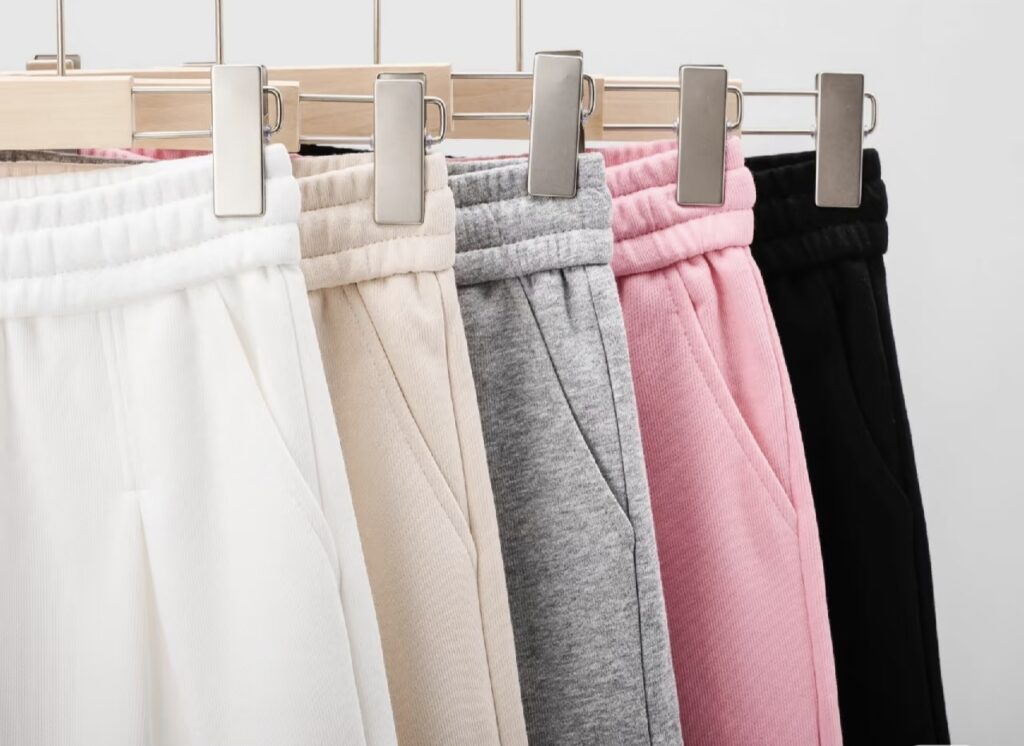
Myth vs. Reality: Busting Common Misconceptions
- Myth: “Women’s pants are just smaller versions of men’s.”
- Reality: The entire pattern and proportions (waist-to-hip ratio, rise, leg shape) are fundamentally different.
- Myth: “Men’s pants are always more durable.”
- Reality: Durability depends on fabric quality, weave, and construction, not gender designation. Both markets offer high and low-quality options.
- Myth: “Only women value style in workout pants.”
- Reality: Men’s athletic wear fashion is booming, with significant demand for stylish cuts, colors, and performance fabrics.
How to Choose What’s BEST For YOU
Forget the label – focus on fit, function, and feel:
- Know Your Measurements: Waist, hips, inseam. Always consult the size chart of the specific brand.
- Prioritize Your Activity: Need deep pockets for running? Opt for styles (often men’s or specific women’s running tights) that offer that. Need maximum flexibility for yoga? High-stretch women’s leggings or unisex styles might excel.
- Explore various cuts: do not limit yourself to a single style. Some women find certain men’s joggers perfect. Some men love the flexibility of women’s leggings (check sizing!). Unisex is a great experiment.
- Focus on Fabric: Look for moisture-wicking (polyester, nylon), adequate stretch (Spandex/Elastane – 15-25% is common for high flexibility), and features you need (gusset, pockets, waistband type).
- Comfort is King: If it feels restrictive, rides down, or chafes, it’s not the right pant, regardless of the gender label.
The Verdict: Tailored for Performance & Preference
In fact, men’s and women’s workout pants are not identical in design. They’re designed based on typical body differences to give better comfort, support, and freedom of movement for who they’re made for.
While unisex options provide valuable flexibility, the most optimized fit and function will usually come from pants designed with specific body shapes in mind. The key is to ignore the label on the tag and focus relentlessly on how the pants fit your unique body and support your specific activities.
Try them on, move around, and choose what empowers your workout best. Your perfect pair is out there! Ready to explore our curated collection designed for real movement? Find your ideal fit today!


